Mazda 6e Review: Good To Look At, Decent To Drive, Annoying To Use
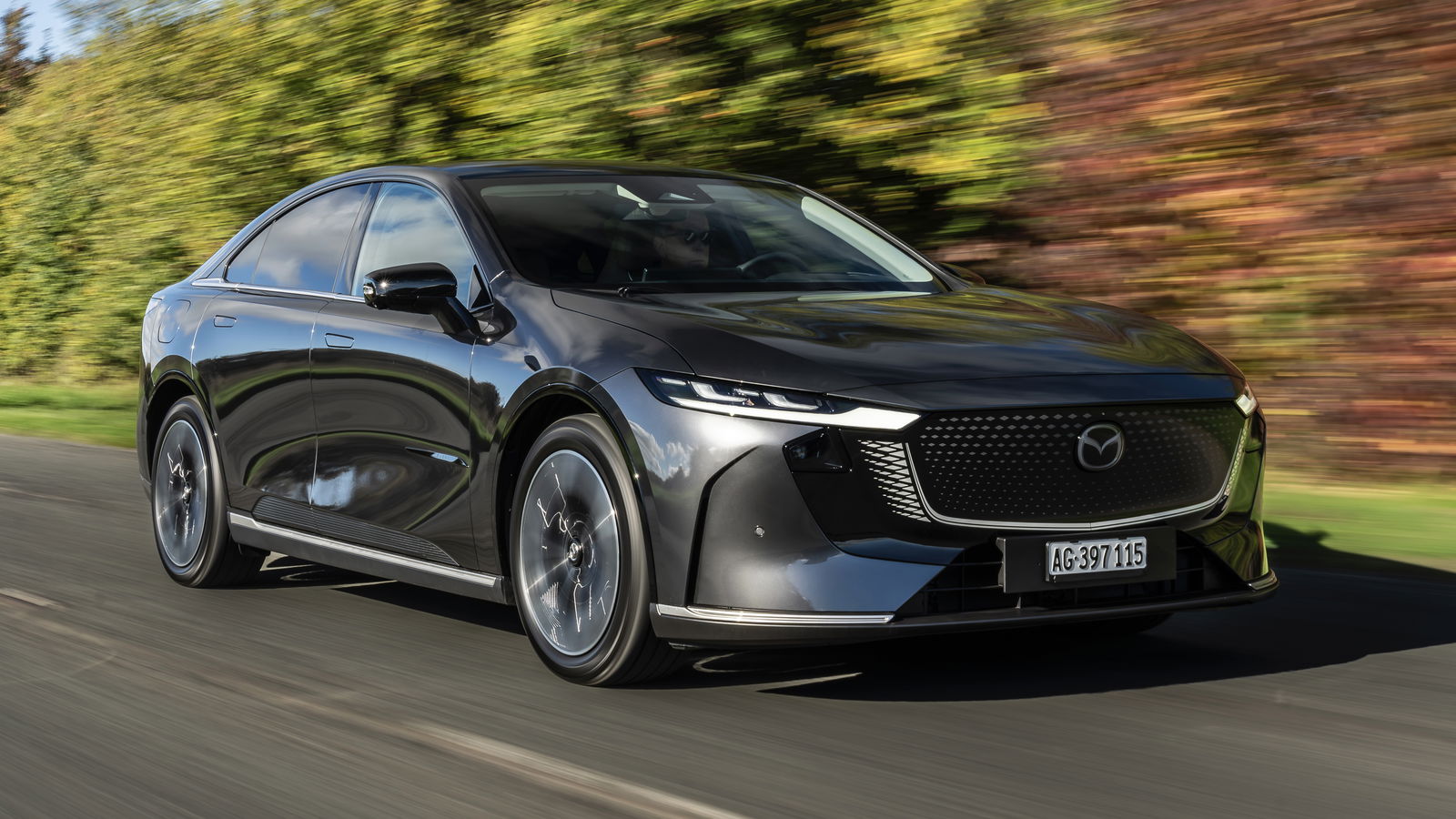
Pros
- Looks greatDecent to drive
Cons
- Infuriating user experienceRivals have better range
Skim-read the details, and the new Mazda 6e sounds like it should be a fantastic car. It looks great, for a start, with its clean, crisp lines, neat proportions and that RX-7-aping tail. What’s more, it’s a rear-wheel drive saloon (well, a big hatchback, really), from a company with a superb recent track record of making ‘normal’ cars a cut above the rest in the chassis department.
Surely, then, this is going to be good? Well, as your GCSE English teacher no doubt hammered home, context is important. While the 6e has lots of Mazda badges, effectively replaces the old combustion-engined 6 in Mazda’s range, and is Mazda-styled, the Japanese company hasn’t had much to do with what’s going on underneath.
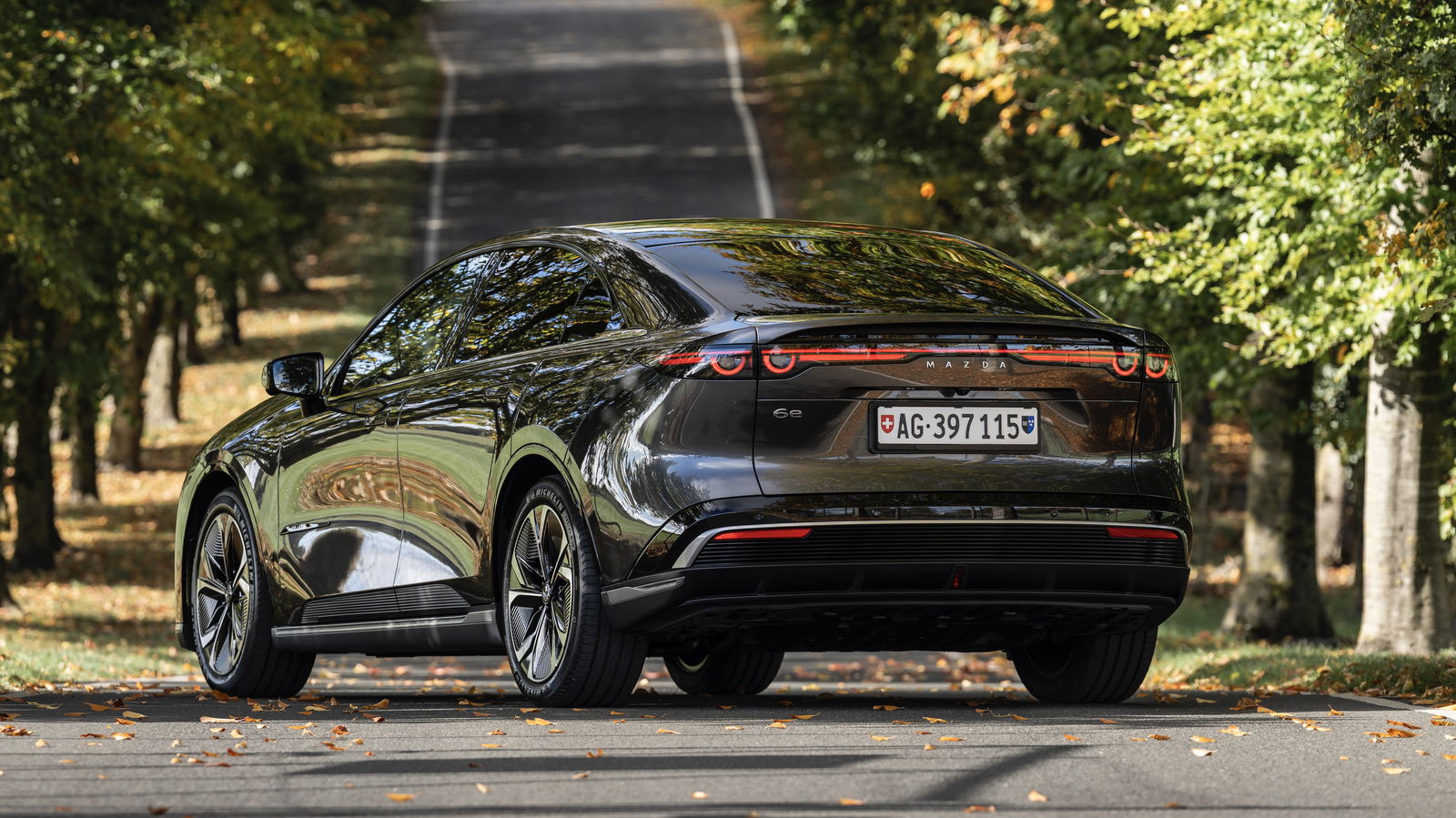
You probably already know where this is going. The 6e is actually a product of Mazda’s joint venture with Chinese manufacturer Changan, shortly arriving in the UK itself, and underneath it’s something called a Deepal SL03. It looked for a while like the 6e might stay in China (where it’s called the EZ-6, and also available as a range-extender hybrid), but ultimately, Mazda elected to bring it to Europe too, to bolster an EV range that currently only consists of the oddball MX-30.
Mazda has done some work on the 6e at its R&D centre in Frankfurt, tuning the suspension, steering and brakes to better suit European tastes, but besides that, this is a Mazda in name and styling only. You can kind of tell when you get in: you’re greeted by a vast 14.6-inch infotainment screen and an agonising dearth of physical controls. Obviously, Chinese companies aren’t the only ones going down this route, but it’s particularly prevalent among them as Chinese buyers tend to prefer a very tech-forward, minimalist cabin.
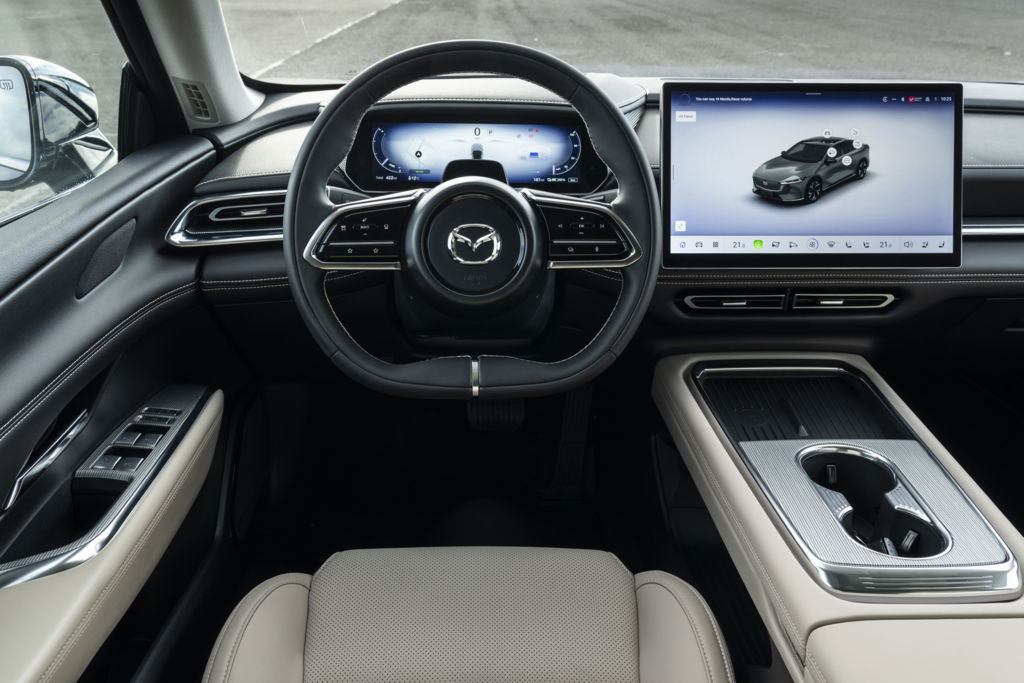
European buyers and grumpy British car journalists? Not so much. Nearly everything – including lights and wipers, if you don’t want to leave them in auto – is adjusted through this screen, and it’s a busy thing to navigate, especially on the move. You’ll want to keep that to a minimum too, because the car’s un-switch-off-able attention monitor will bing incessantly at you the second your eyes drift away from the road and to the screen that the car’s forcing you to look at because you have to swipe at it to change the temperature. Argh.
The screen isn’t the most responsive either, and I encountered a couple of baffling interior gremlins – a couple of times, I came to a complete stop, put the car in park and found that my inertia reel seatbelt was still keeping me pinned in place, and CarPlay refused to update my location if my phone was in the wireless charging pad. The saving grace ergonomically is that you do get proper steering wheel buttons, including two that are configurable. It’s quite telling that Mazda UK had set these as shortcuts for the lighting and wiper controls.
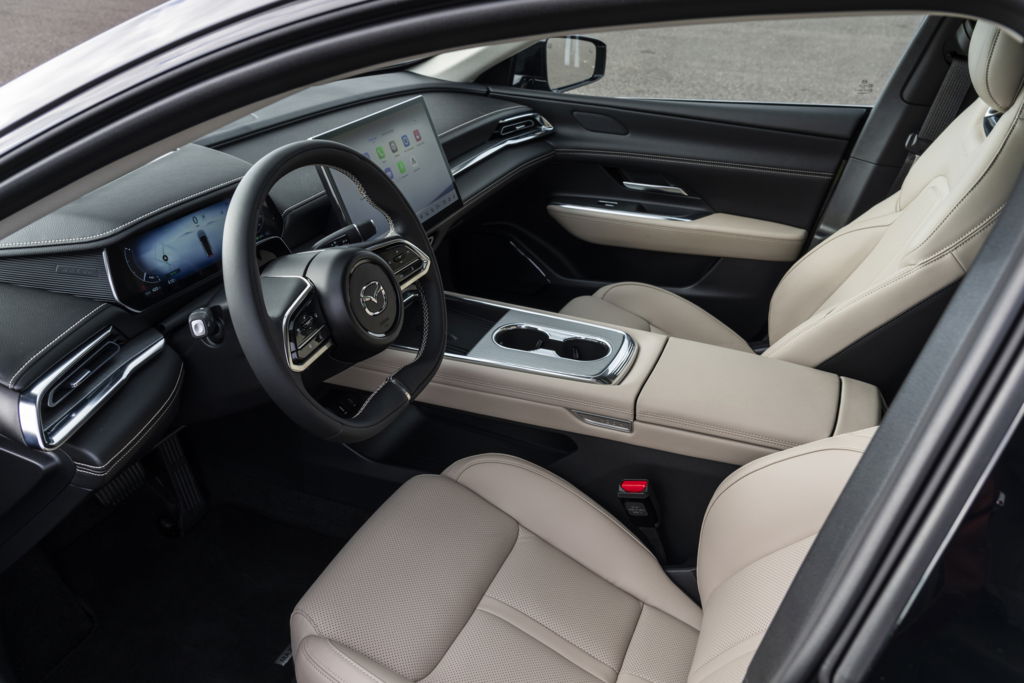
The rest of the cabin, though, is better news. It looks as good as the outside, especially with the optional part-leather, part-suede tan seats, and all the materials feel high-quality. It’s roomy in all directions too, and you get chunky, supportive seats. A standard pano roof keeps everything nice and airy.
The 6e comes with a curious pair of powertrain single-motor, rear-wheel drive powertrain options in Britain. One prioritises charging speed – it has a 68.8kWh battery that can charge at up to 165kW, going from 10 to 80 per cent in 24 minutes, and offers a quoted 300-mile range. The other – an 80kWh battery of a totally different chemistry – can only juice up at 90kW, and so takes at least 47 minutes to do the same charge, but it counters that with a 345-mile range.
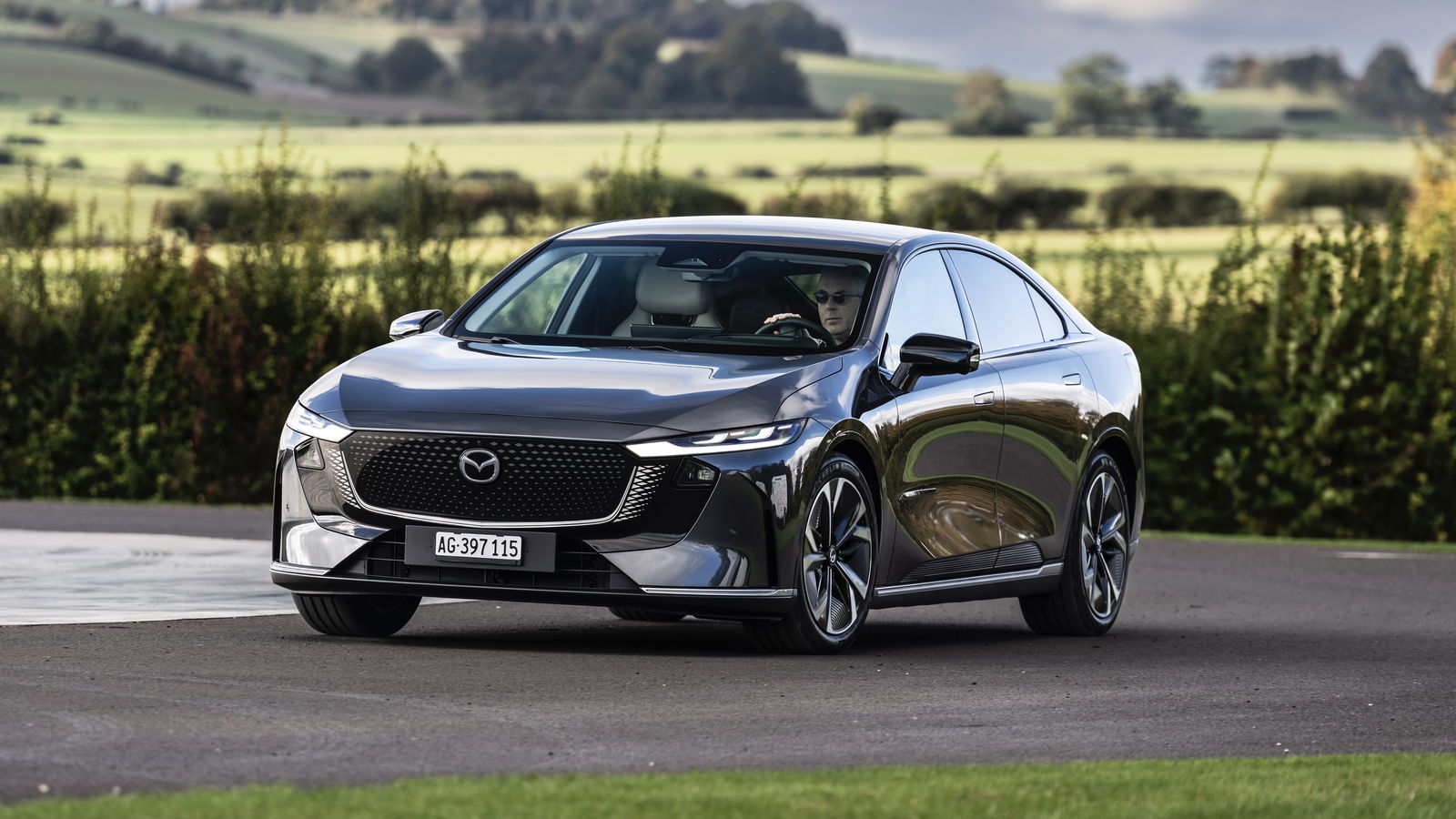
That makes this one of the few EVs where we’d actually go for the shorter-range model – the quicker charging more than cancels out the somewhat meagre extra range – but that’s moot as it’s the longer-range car we’ve been driving. A chilly morning of mixed, somewhat spirited driving around twisty lanes with a bit of motorway thrown in returned between 3.2m/kWh and 3.3m/kWh – that works out at about 260 miles, but you’d easily improve this with warmer weather and a lighter foot.
The long-range battery is paired with a 241bhp, 236lb ft motor and 7.8-second 0-62mph time (the short-range car gets 254bhp and does it in 7.6 seconds). Top speed is 108mph, electronically limited as it tends to be in EVs. It’s hard to be definitive without driving it back-to-back with a Chinese-market EZ-6, but you can just about make out Mazda’s fingerprints and the work it did on the Euro-spec 6e.
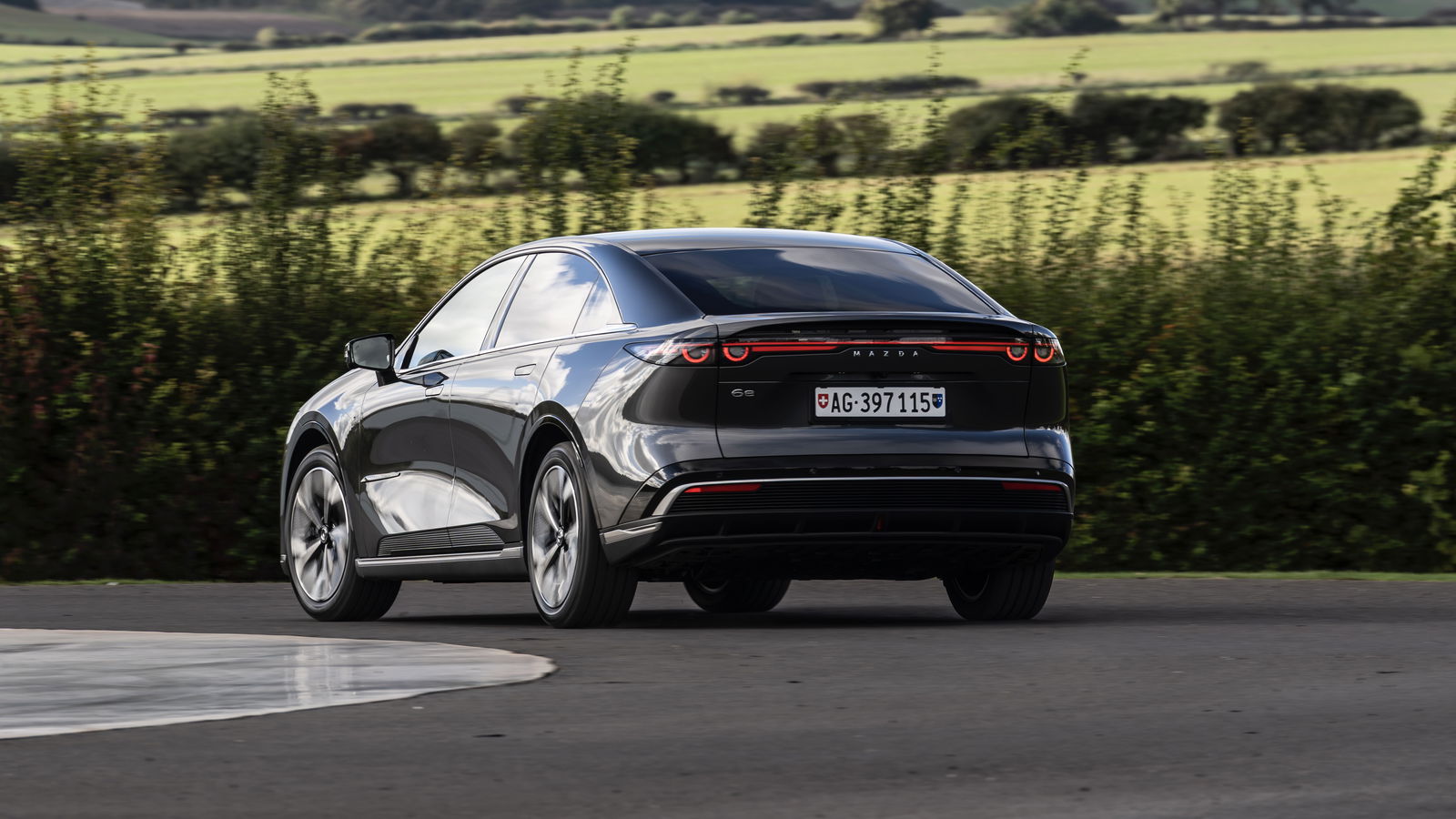
It’s a heavy car at 1953kg, and you really feel that weight in faster corners, but a 43:57 front-to-rear distribution paired with responsive if rather muted steering means it turns in crisply enough. The Frankfurt-fettled multi-link suspension helps it stay nicely flat and balanced throughout bends, and its rear-wheel drive-ness is evident, the 6e feeling like it’s pivoting around you rather than being led from the front. If it’s wet, the traction control will even allow for little wiggles off tight bends. So we're told, anyway.
But it still lacks that last bit of chassis coherence that it would probably have if it was a wholesale Mazda-developed product. There’s just not enough feel in the steering, too much squidge in the brake pedal, not enough of that balance between compliance and firmness in the damping that marks out the best cars from the manufacturer. It’s fine – certainly more entertaining to hustle than some rivals – but if you expect the usual Mazda finesse, you’re going to be a bit disappointed.
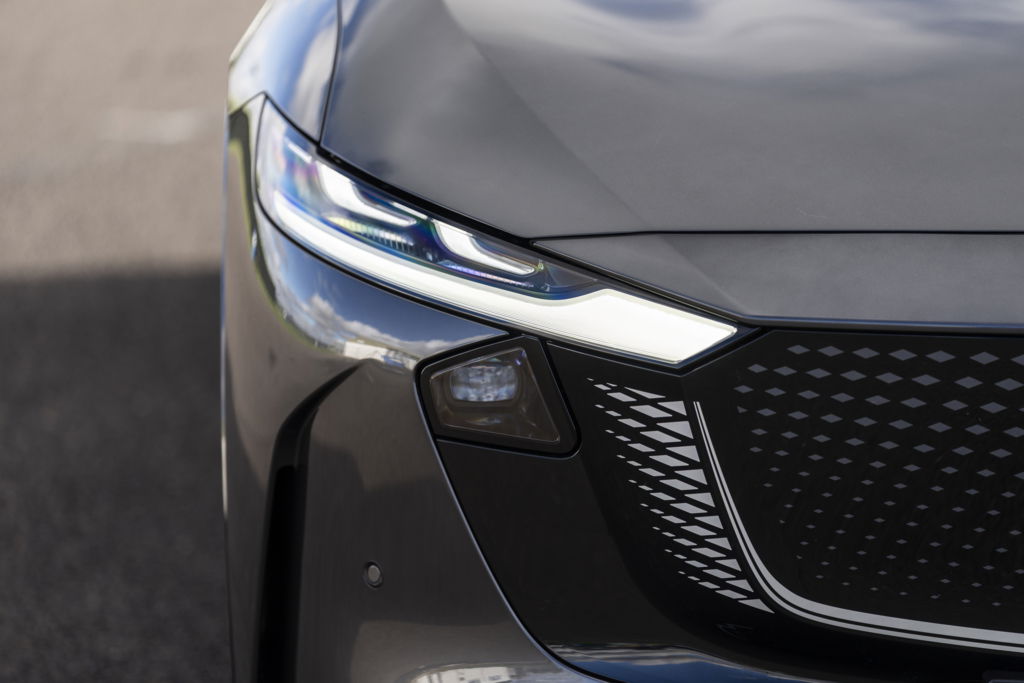
Around town and on the motorway, meanwhile, it’s basically exactly what you’d expect from a big, posh-ish EV – effortless, quiet, comfy, and utterly unremarkable. It is a surprisingly wide old beast, though, which can make it a little disconcerting to thread through narrow British villages at times, although that wasn’t helped by these test cars being left-hand drive.
That’s because the 6e isn’t coming to the UK until early 2026, with pricing yet to be announced. It’s already available on the continent, though, where prices hint at a starting point somewhere around £40k. If it does arrive at that level, it’ll represent good value – among rivals, only the base Tesla Model 3 lands somewhere similar, and the 6e’s undeniably a more attractive product outside and in.
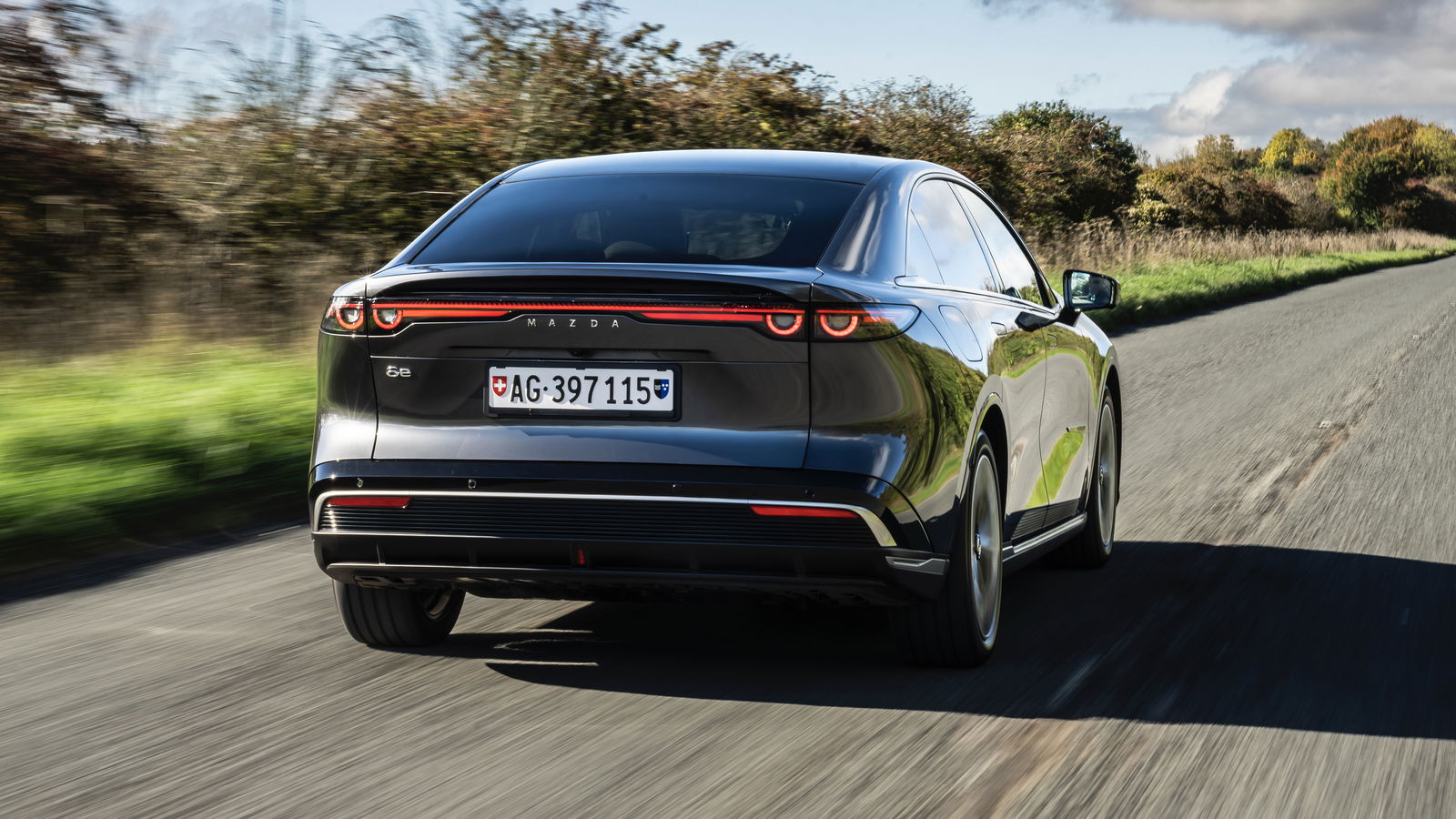
It had better have value on its side, though. That, paired with the good looks and high-end cabin, will make it worth a look – otherwise the infuriating user experience is going to seriously hamper it. And if you’re waiting for an electric Mazda that actually feels like a Mazda, the company’s currently understandable reluctance to really invest in EVs suggests you might be waiting a while yet.
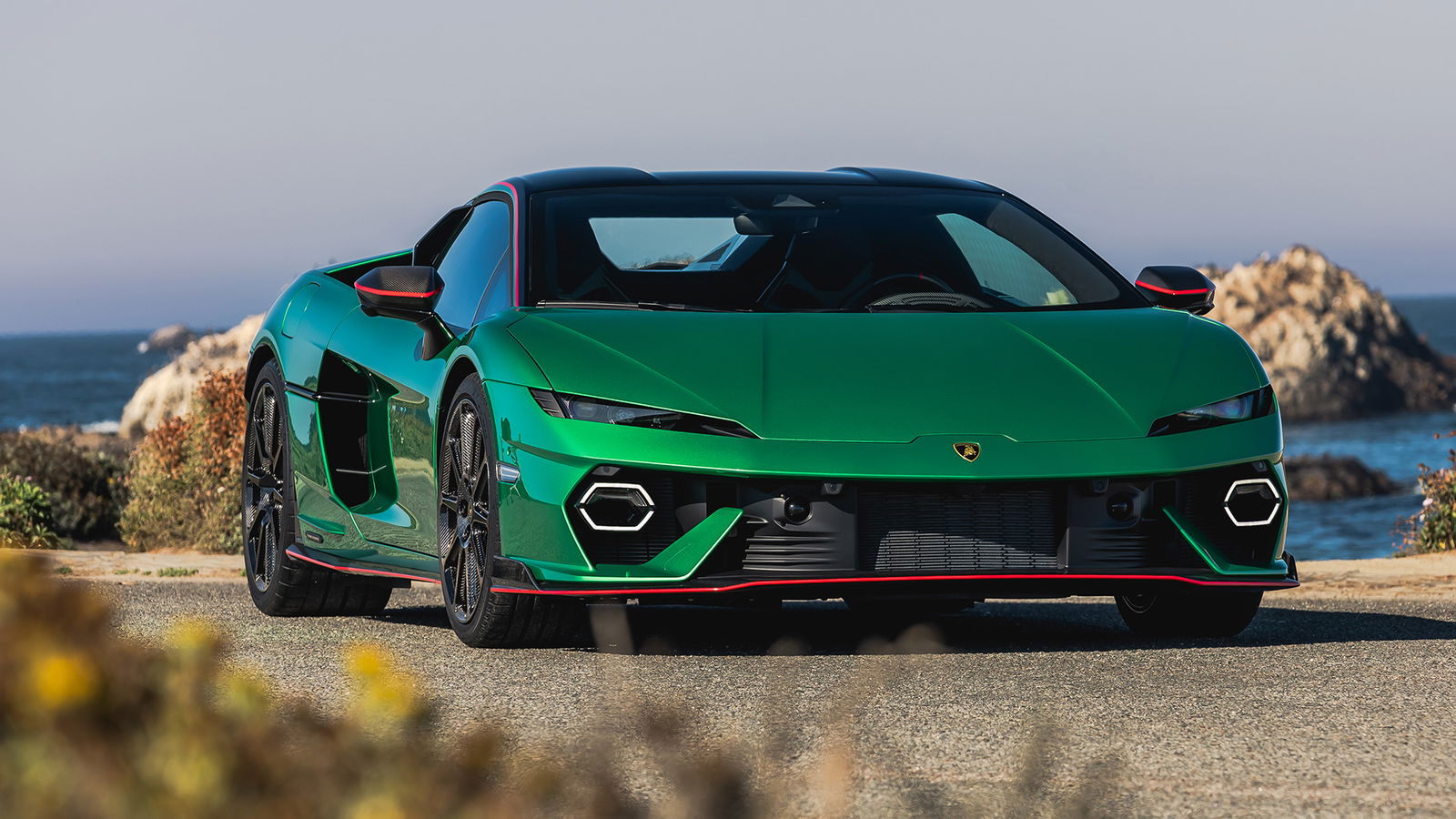
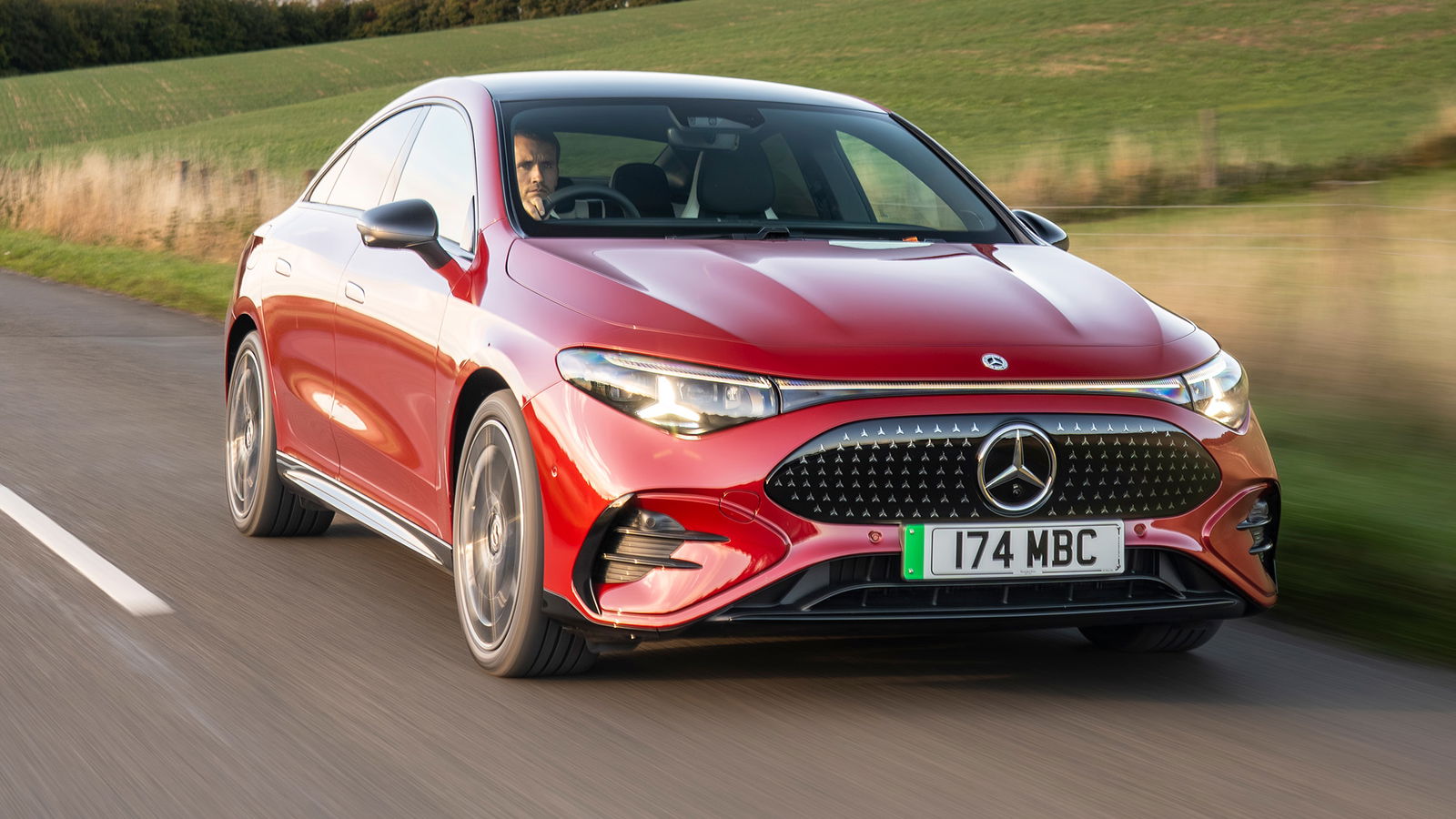







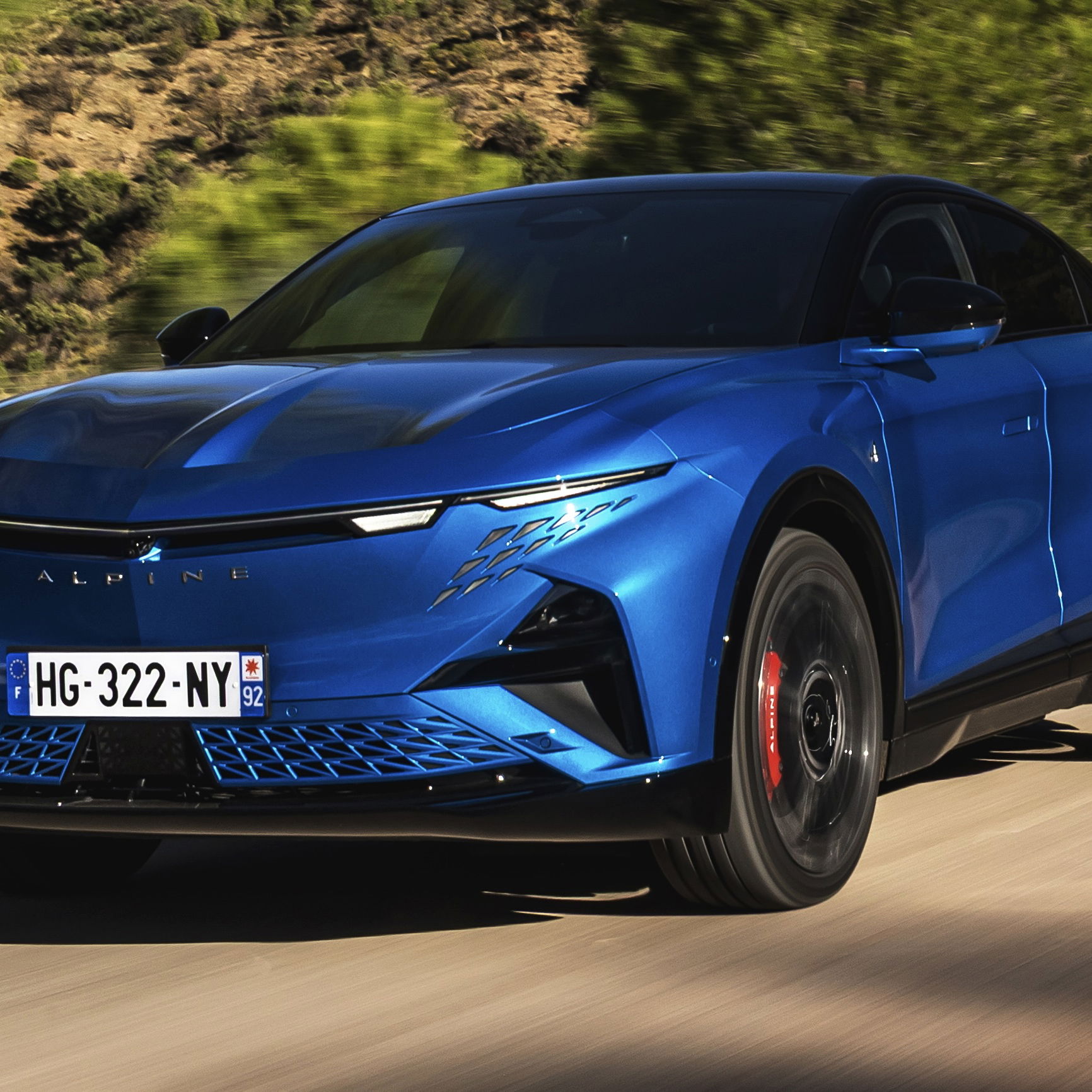




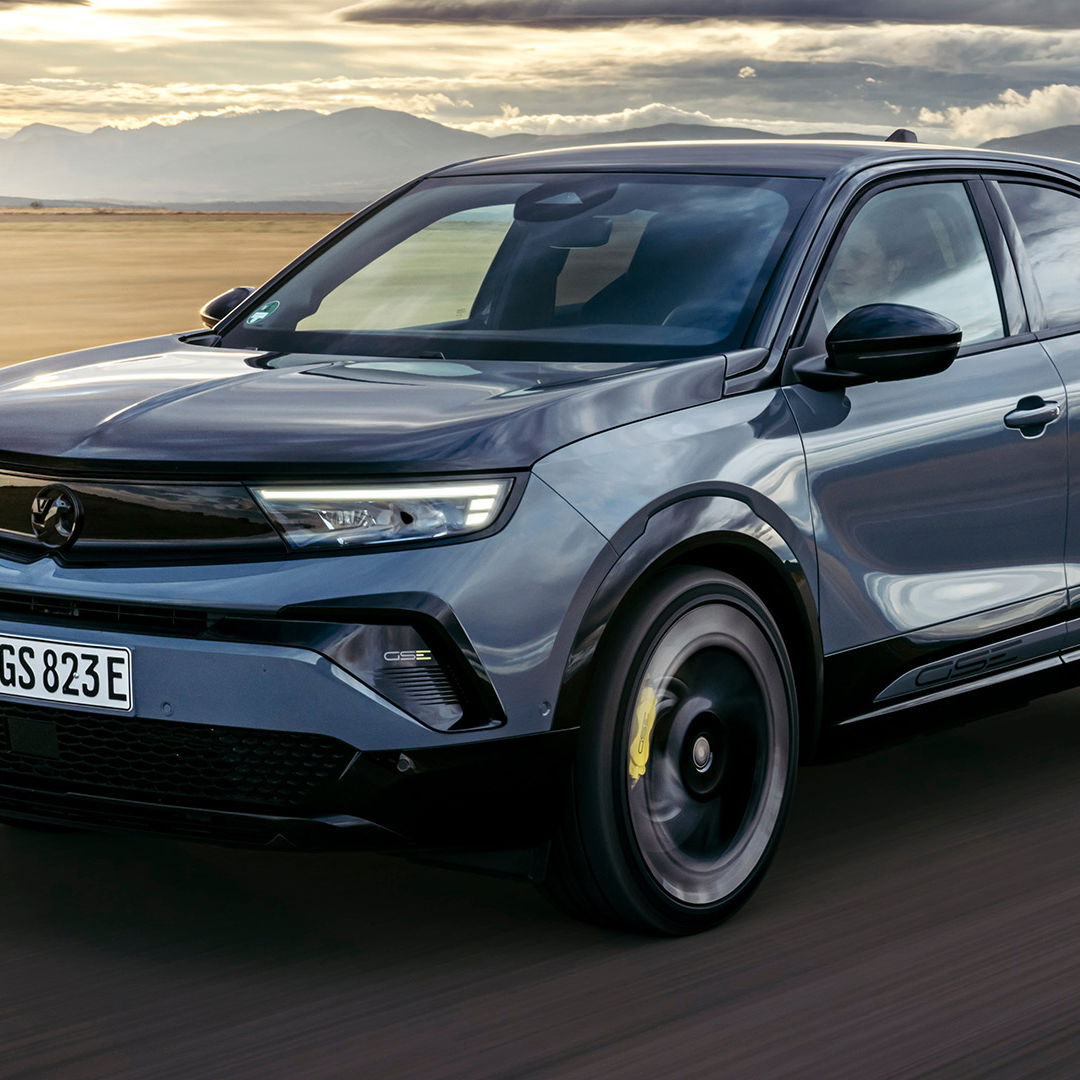
Comments